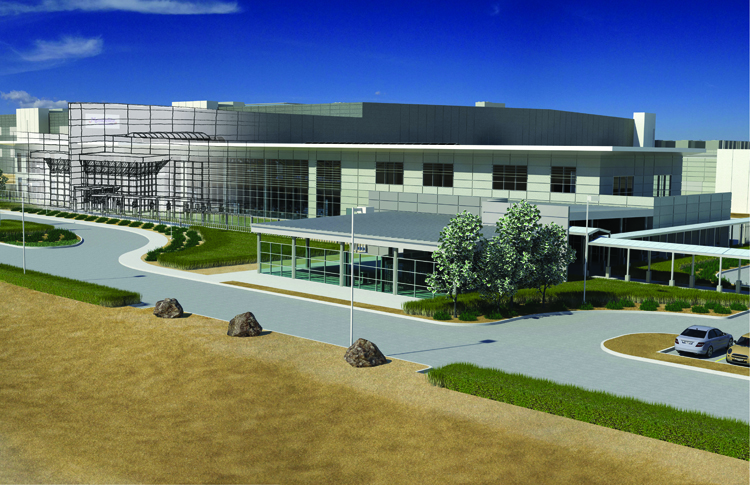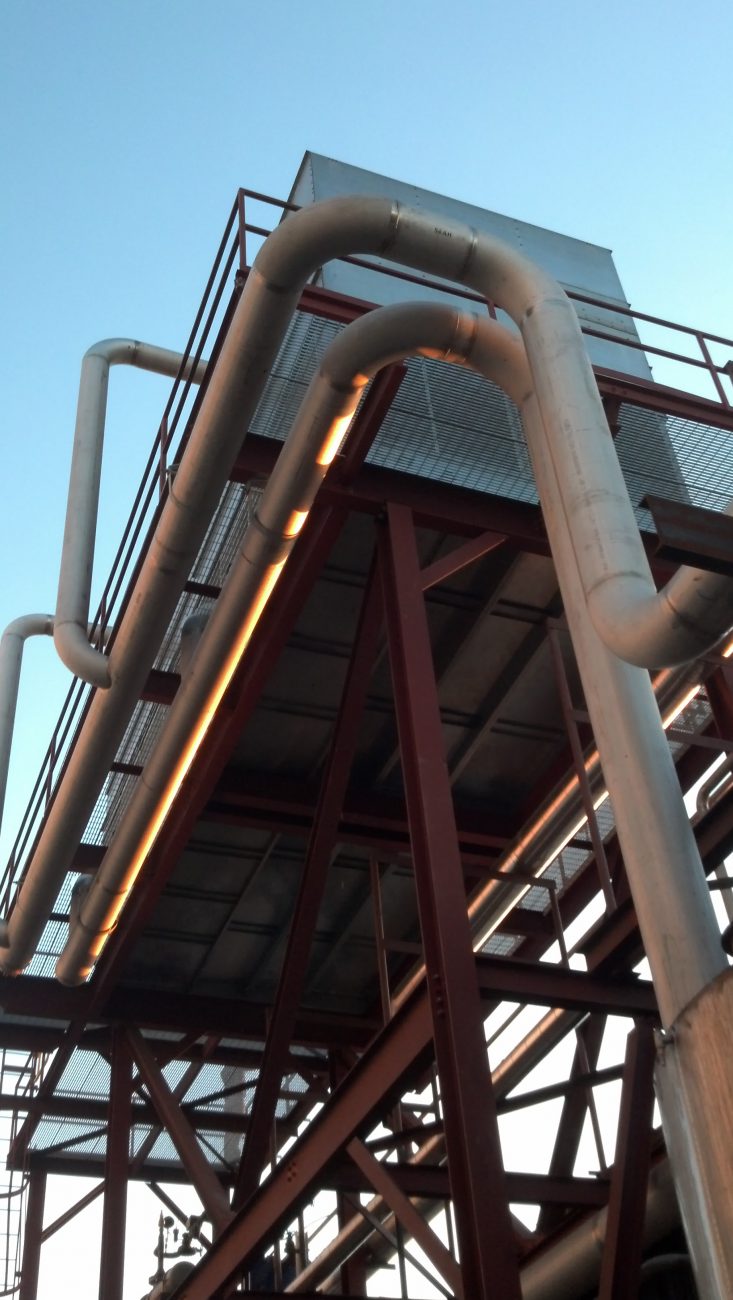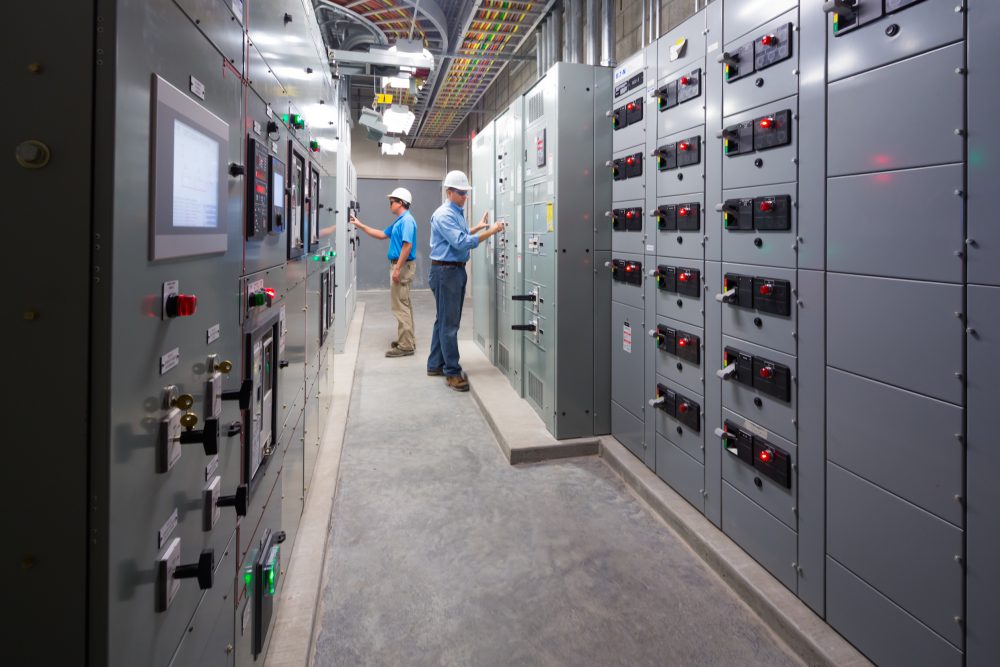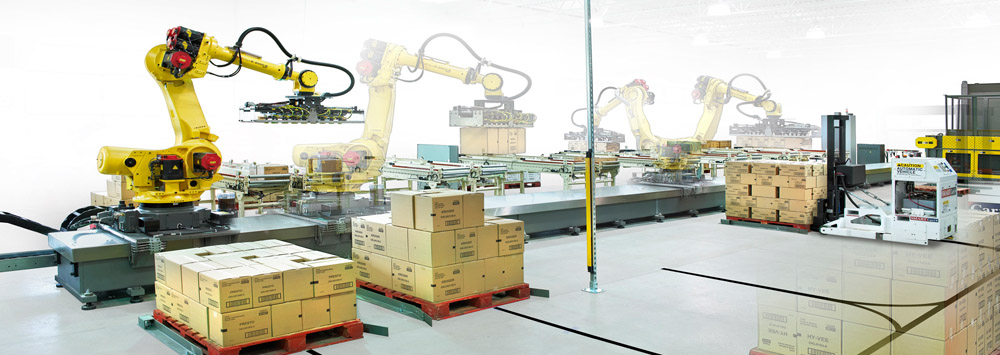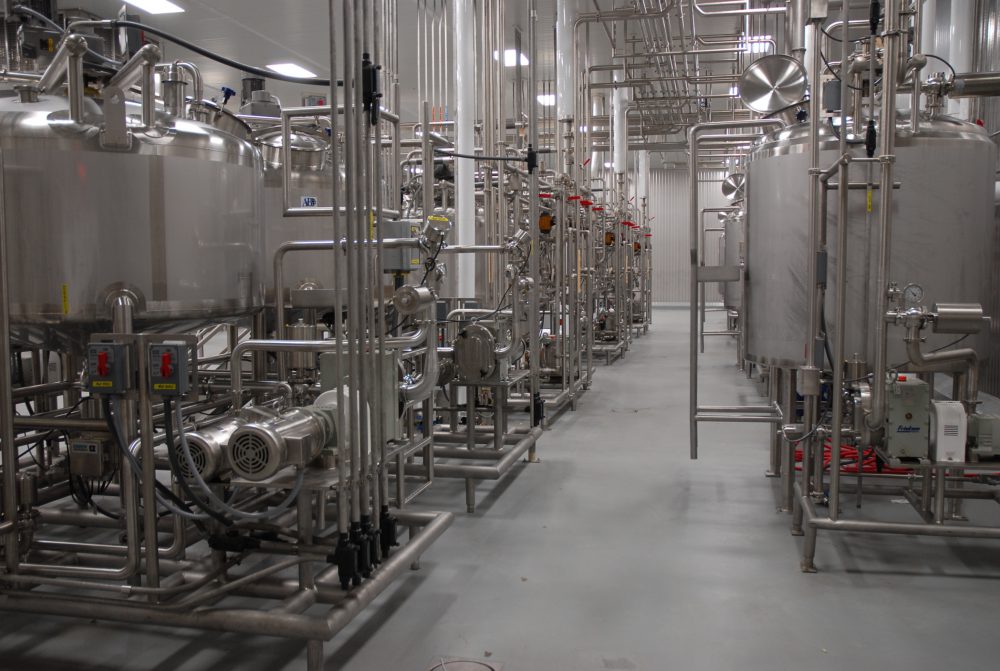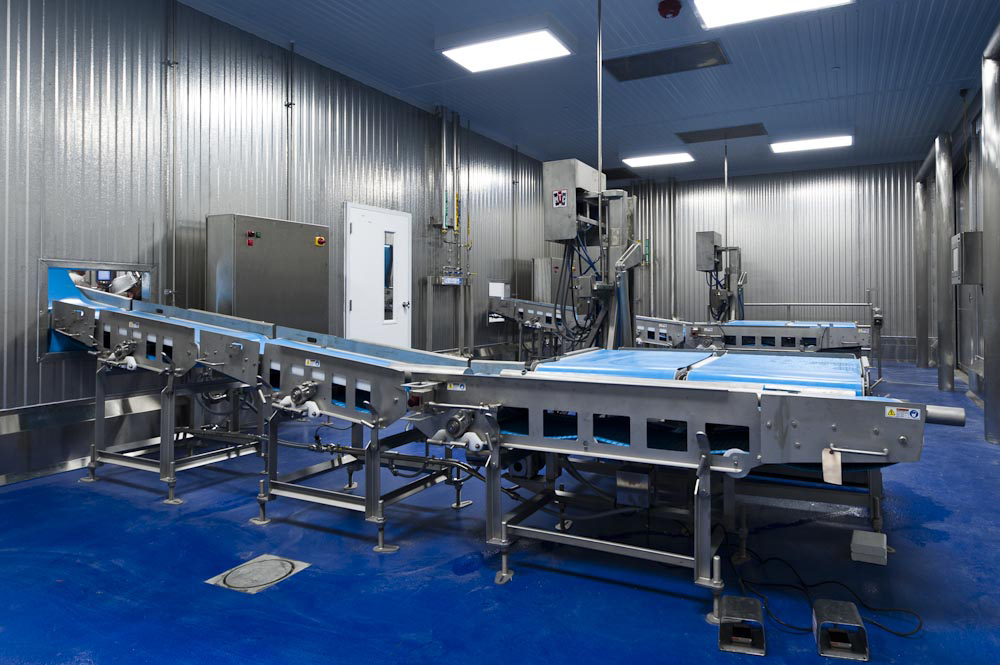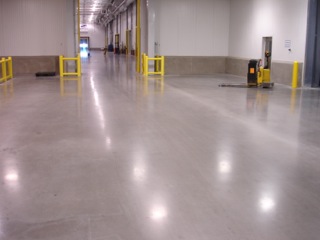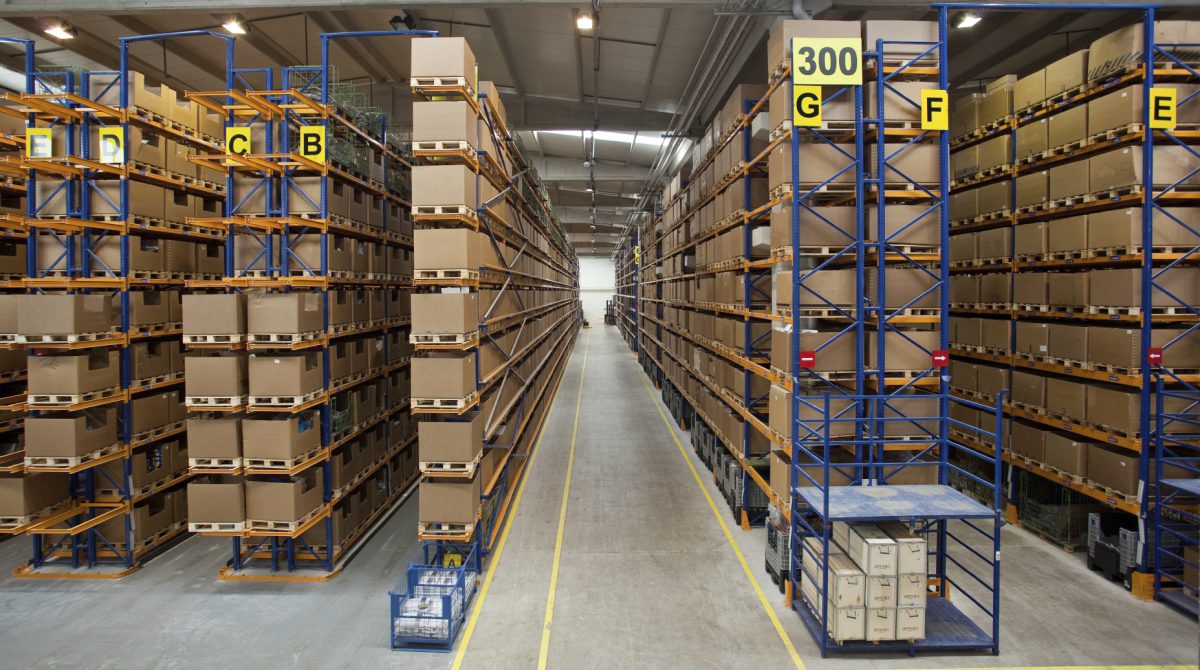Five Things To Consider When Selecting A Site For Your New Plant
Earlier this year, Food Processing magazine’s Kevin T. Higgins claimed that being a food manufacturer was the next best thing to being a king. Why? Because most new plant projects and renovations are now supported by generous, multimillion public subsidies. But while communities dangle expensive bait in hopes of catching job creation, it’s skewing the site-selection process, resulting in plants built in unfit locations. Continue Reading “Five Things To Consider When Selecting A Site For Your New Plant”



